आटा पिसाई संयंत्र में बरमा संतुलन
स्क्रू कन्वेयर आटा पिसाई उद्यमों में तकनीकी प्रक्रिया का एक प्रमुख तत्व हैं। ये उत्पादन के विभिन्न चरणों के बीच अनाज और आटे के निरंतर परिवहन को सुनिश्चित करते हैं। ऑगर संतुलन में गड़बड़ी से उपकरण संचालन में गंभीर समस्याएँ आ सकती हैं और उत्पादन क्षमता कम हो सकती है।
यह लेख पोर्टेबल डिवाइस का उपयोग करके स्क्रू कन्वेयर संतुलन के एक व्यावहारिक मामले की जांच करता है Balanset-1A.
आटा पिसाई उत्पादन में ऑगर की भूमिका
ऑगर एक जटिल कुंडलाकार सतह वाला धातु का शाफ्ट होता है जिसे थोक सामग्री के परिवहन के लिए डिज़ाइन किया गया है। आटा पिसाई उद्योग में, स्क्रू कन्वेयर अनाज और तैयार उत्पादों को निर्दिष्ट उत्पादकता के साथ काफी दूरी तक ले जाने में सक्षम होते हैं।
ऑगर असंतुलन तब होता है जब घूर्णन अक्ष के सापेक्ष द्रव्यमान असमान रूप से वितरित होता है। ऐसा कई कारणों से हो सकता है: निर्माण संबंधी अशुद्धियाँ, असमान घिसाव, कुंडलाकार सतह के कुछ क्षेत्रों में पदार्थ का जमाव।
समस्या निदान
उपकरण के तकनीकी निरीक्षण के दौरान असंतुलन के निम्नलिखित लक्षण पाए गए:
- स्क्रू कन्वेयर हाउसिंग का कंपन स्तर बढ़ा
मापों से पता चला कि कंपन का मान स्वीकार्य स्तर से अधिक था, जिसके लिए संतुलन कार्य की आवश्यकता थी।
प्रौद्योगिकी संतुलन
संतुलन प्रक्रिया निम्नलिखित पद्धति के अनुसार की गई:
प्रारंभिक चरण
उपकरण की तकनीकी स्थिति की जांच की गई, असर आवास समर्थन पर कंपन सेंसर स्थापित किए गए, रोटेशन आवृत्ति और चरण विशेषताओं को मापने के लिए लेजर टैकोमीटर को कॉन्फ़िगर किया गया।
प्रारंभिक माप
प्रारंभिक कंपन पैरामीटर ऑगर की कार्यशील घूर्णन आवृत्ति पर दर्ज किए गए। असंतुलन का प्रकार निर्धारित किया गया - इस रोटर के लिए यह गतिशील असंतुलन है, जिसके लिए दो तलों में सुधार की आवश्यकता है।
परीक्षण भार स्थापना
प्रत्येक सुधार तल में अंशांकित परीक्षण भार क्रमिक रूप से स्थापित किए गए। प्रणाली ने कंपन मापदंडों में परिवर्तन के आधार पर प्रभाव गुणांकों की स्वचालित रूप से गणना की।
सुधार वजन गणना
सॉफ़्टवेयर ने प्रत्येक सुधार तल के लिए स्थायी सुधार भारों के द्रव्यमान और कोणीय स्थिति का स्वतः निर्धारण किया। भारों को स्थापित किया गया और कार्यरत अपकेन्द्रीय बलों को ध्यान में रखते हुए सुरक्षित रूप से बांधा गया।
परिणामों को संतुलित करना
संतुलन प्रक्रिया पूरी होने के बाद, नियंत्रण मापों से कंपन स्तर में तकनीकी आवश्यकताओं के अनुरूप उल्लेखनीय कमी देखी गई। उपकरण को पुनः चालू कर दिया गया।
तुलना के लिए: एलएलसी "उफटवरडोस्प्लाव" उद्यम में 500 किलोग्राम वजन वाले एक समान बरमा को संतुलित करते समय, प्रारंभिक असंतुलन को 50 गुना कम करना संभव था। अवशिष्ट असंतुलन पहले तल में 3552 ग्राम×मिमी और दूसरे तल में 2220 ग्राम×मिमी था, जो GOST ISO 1940-1 के अनुसार संतुलन वर्ग G6.3 के अनुरूप है।
गुणवत्ता संतुलन के लाभ
- उपकरण की सेवा अवधि में वृद्धि: गतिशील भार में कमी से बीयरिंग, कपलिंग और अन्य ड्राइव तत्वों का घिसाव कम हो जाता है, जिससे रखरखाव अंतराल बढ़ जाता है।
- बेहतर कार्य कुशलता: एक संतुलित बरमा तकनीकी लाइन में स्पंदन और रुकावट के बिना एक समान सामग्री परिवहन सुनिश्चित करता है।
- बेहतर परिचालन स्थितियां: कंपन में कमी से शोर का प्रभाव कम होता है और कर्मियों के लिए सुरक्षित कार्य स्थितियां बनती हैं।
- परिचालन लागत में कमी: बिजली की खपत में कमी, रखरखाव और स्पेयर पार्ट्स पर खर्च में कमी।
- उत्पादन विश्वसनीयता में वृद्धि: अनियोजित उपकरण रुकावटों को समाप्त करने से तकनीकी प्रक्रिया स्थिरता सुनिश्चित होती है।
Conclusion
आटा पिसाई उद्यमों में स्क्रू उपकरणों का संतुलन तकनीकी रखरखाव का एक महत्वपूर्ण घटक है। आधुनिक पोर्टेबल उपकरणों जैसे Balanset-1A उपकरण संचालन स्थल पर सीधे असंतुलन उन्मूलन कार्यों के प्रभावी समाधान की अनुमति देता है।
संतुलन कार्य का नियमित निष्पादन उच्च उत्पादन दक्षता बनाए रखने, परिचालन लागत को कम करने और तकनीकी प्रक्रियाओं की सुरक्षा सुनिश्चित करने में योगदान देता है।
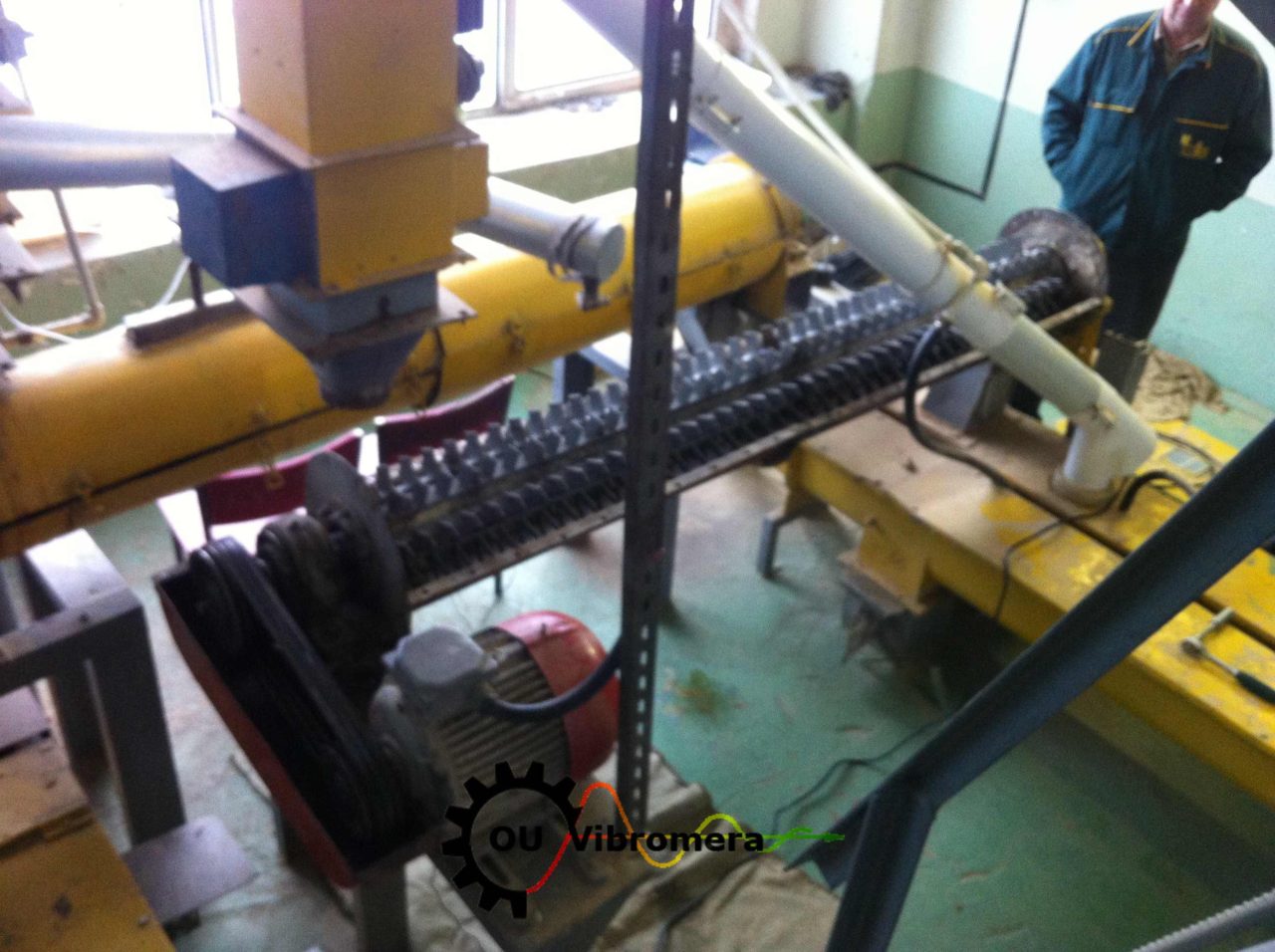
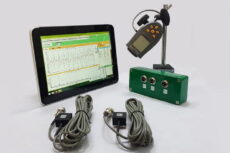
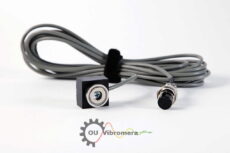

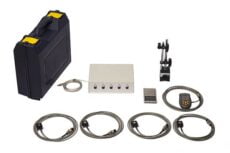


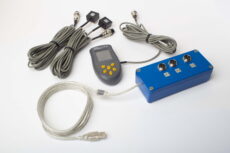
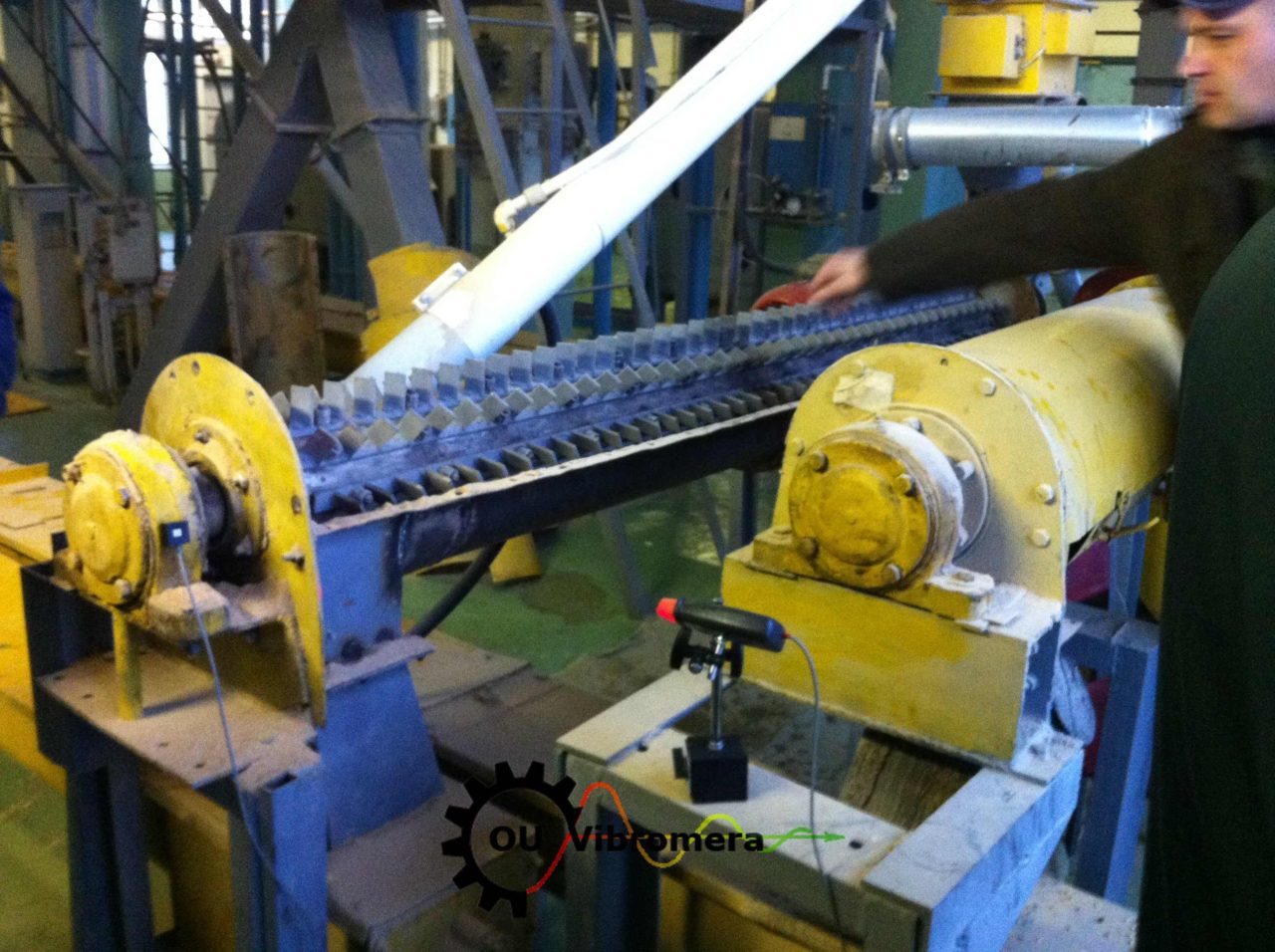
0 टिप्पणियाँ